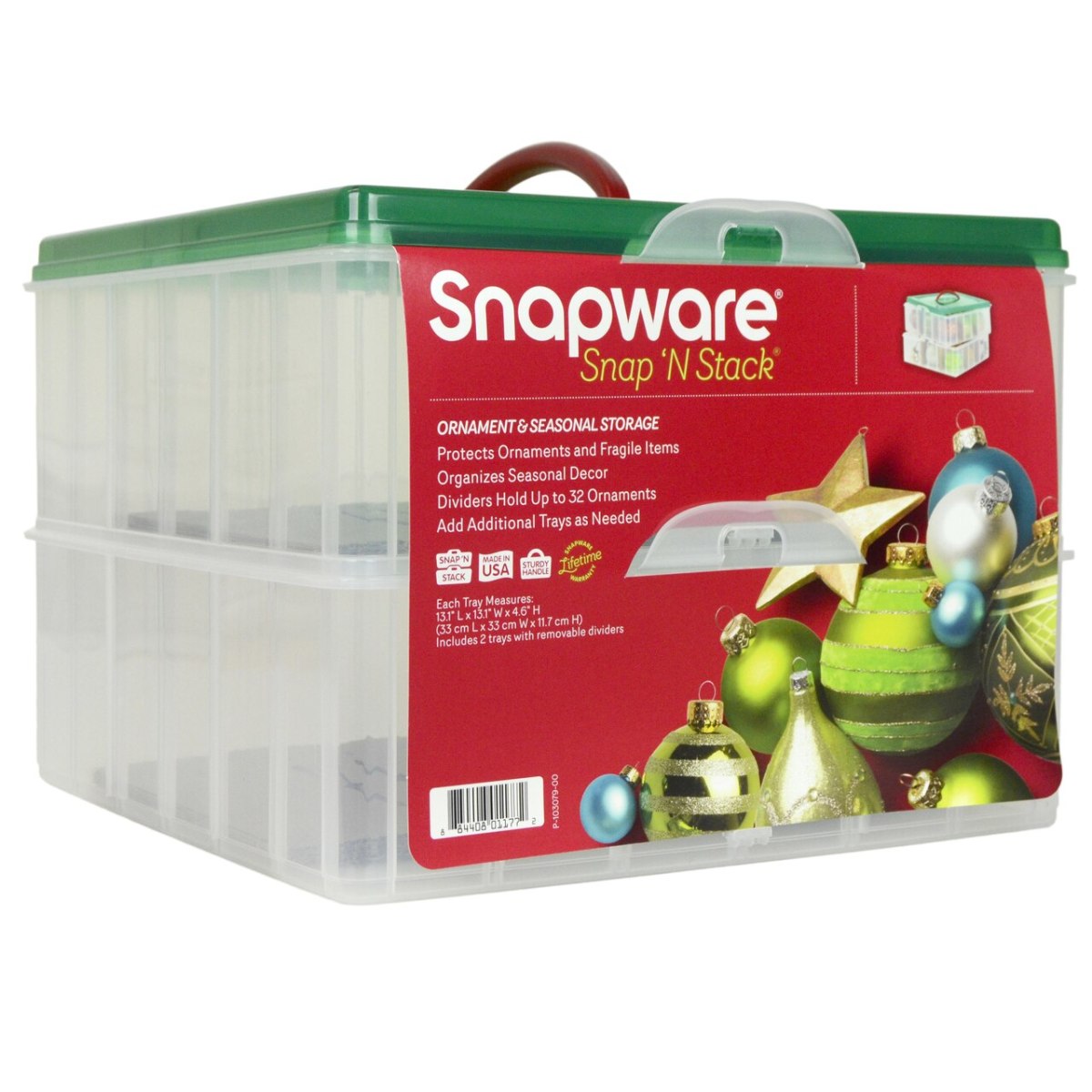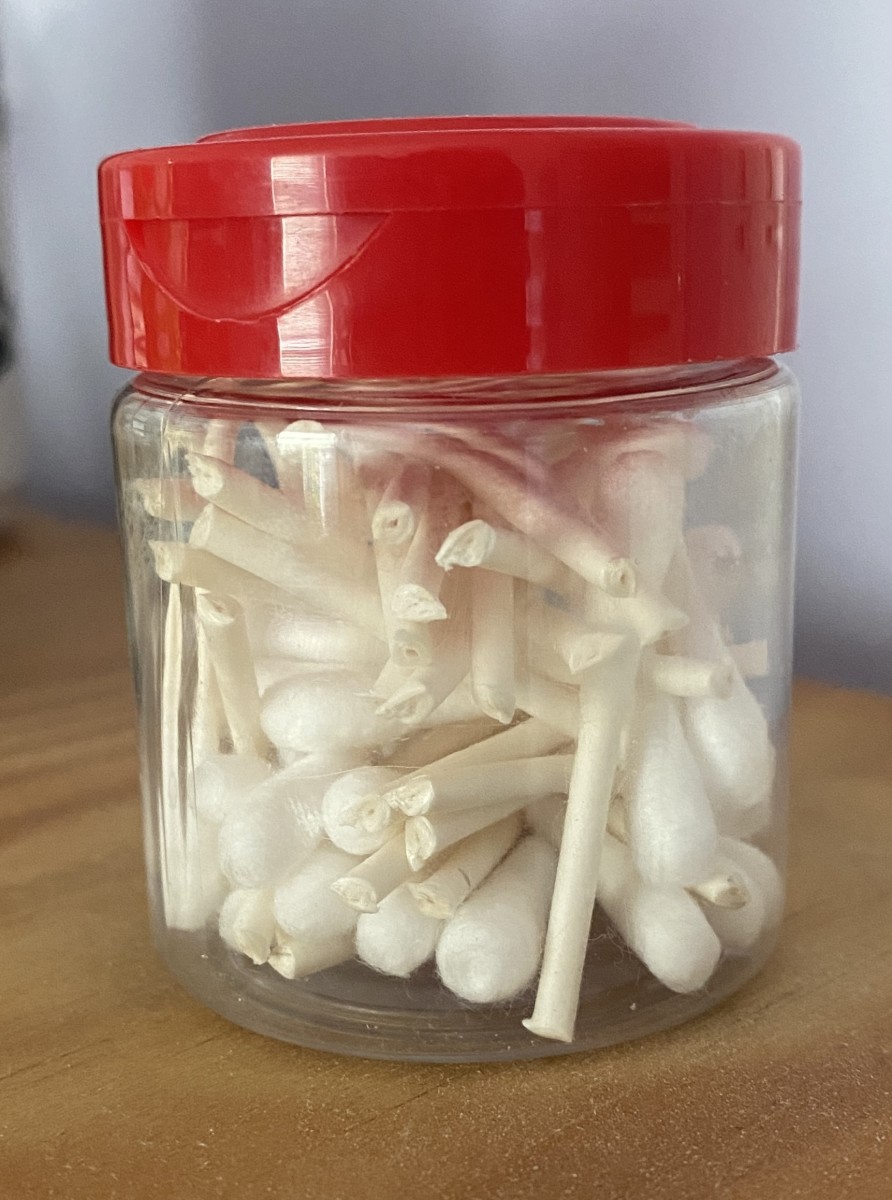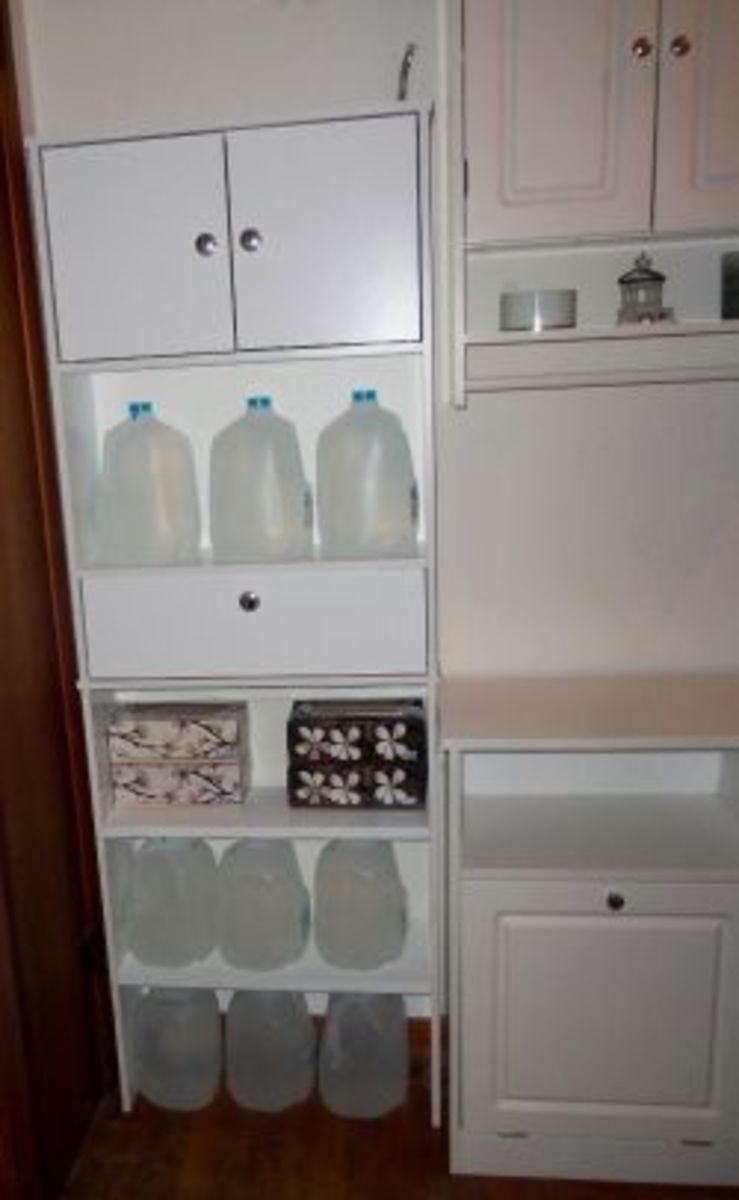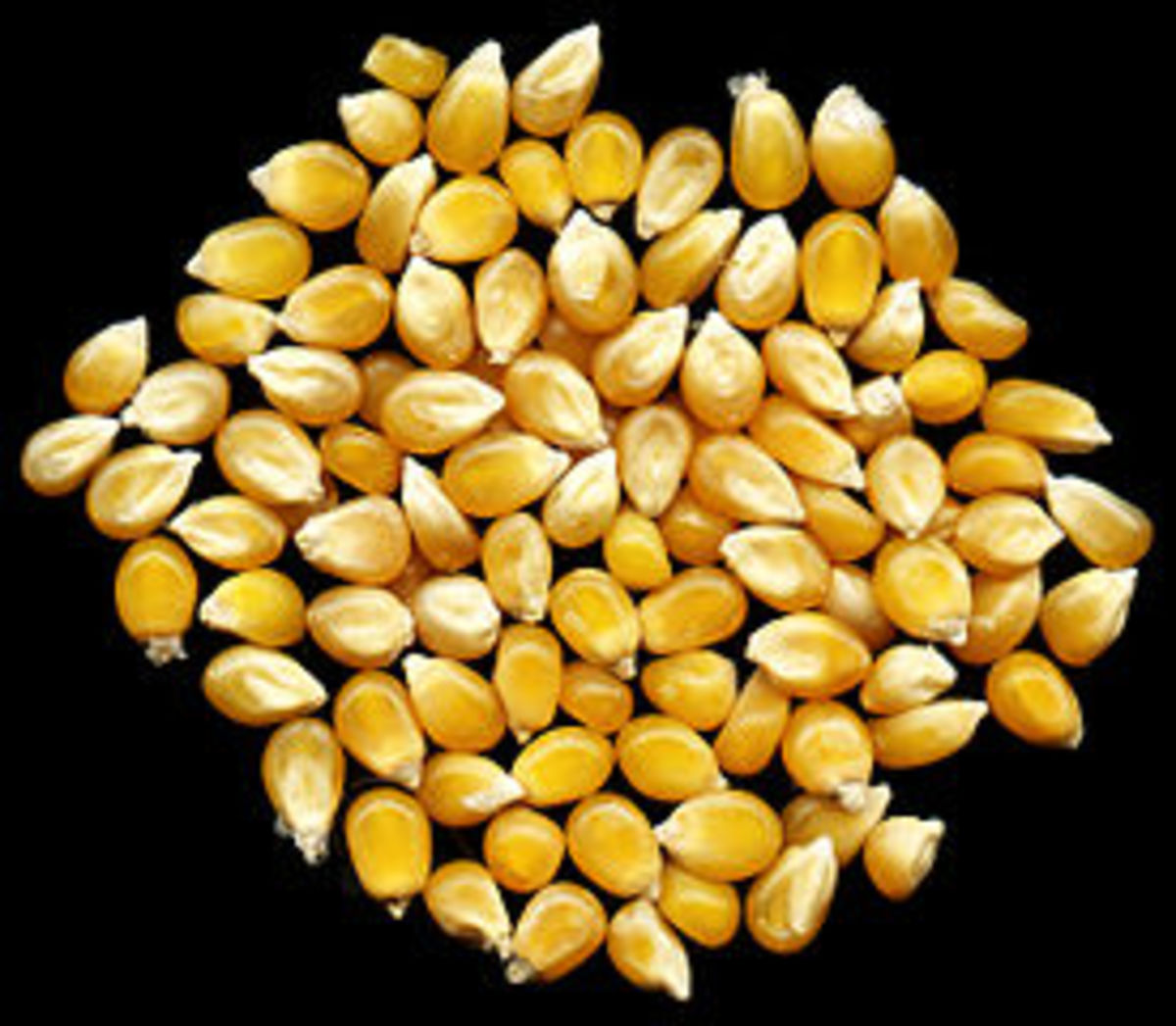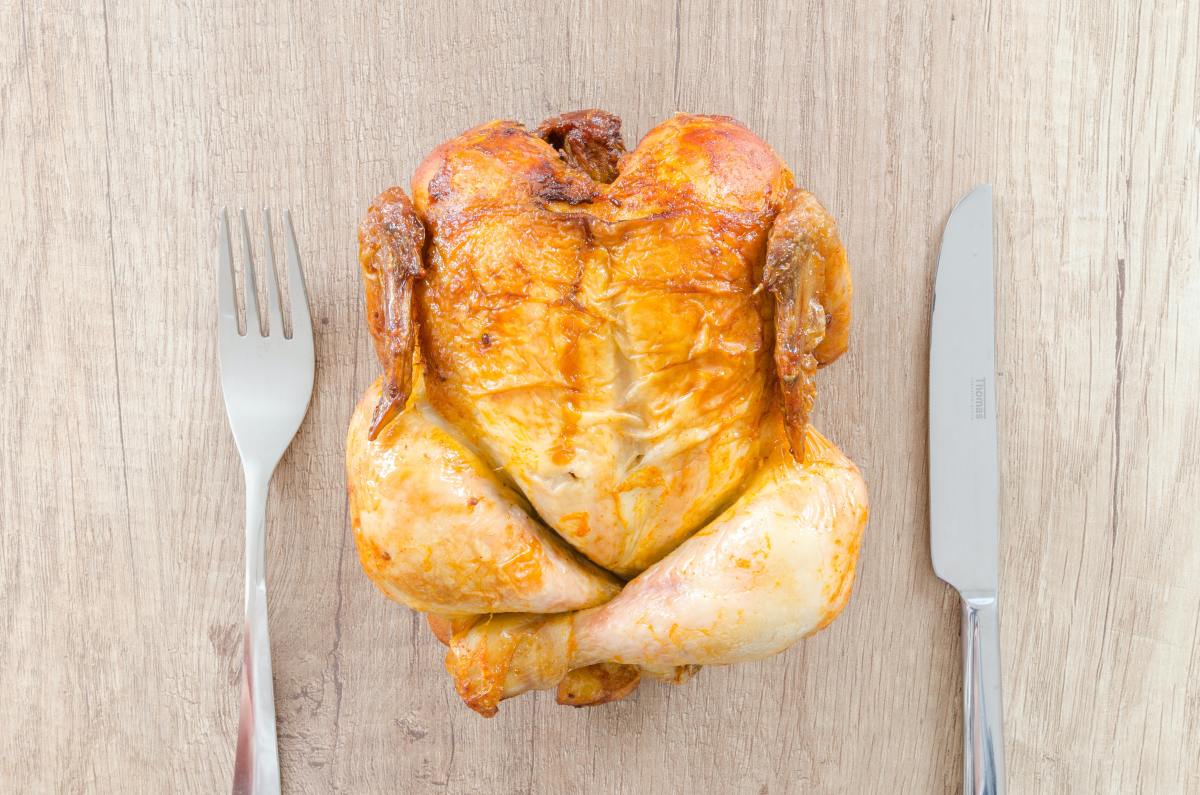Plastic Safety: Food Storage Containers
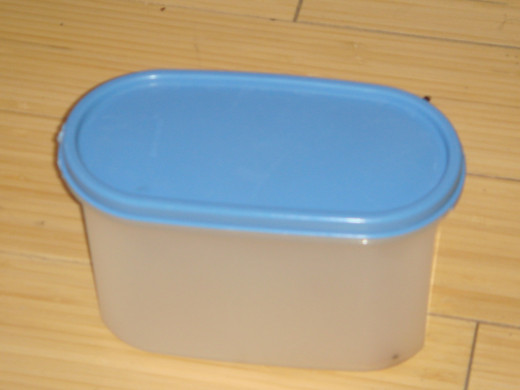
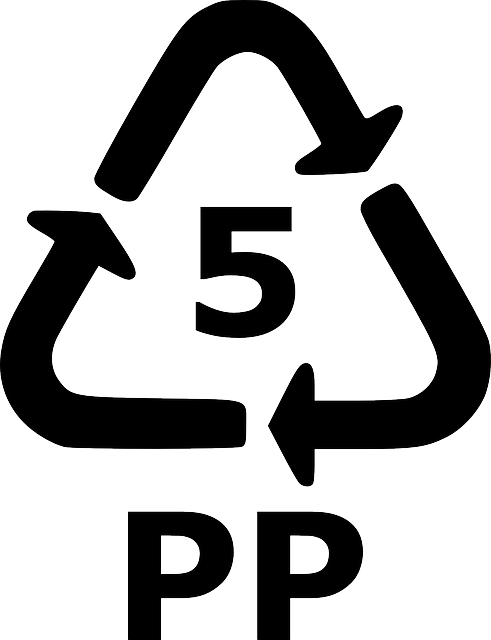
Pictured above is a food storage container. It is definitely made of plastic that is relatively pliable, but it is difficult to determine the exact plastic. It is most common that the plastic used in the clear part of the container (and most likely in the lid, as well) is either LDPE or PP plastic – either low-density polyethylene (plastic recycling #4) or Polypropylene (plastic recycling #5). Both of these plastics are synthesized to provide durable, yet lightweight materials that can withstand both force and energy, such as microwaves, and will not easily fatigue from temperature fluctuation. Furthermore, these plastics are safe for food and drink storage. The numbers for plastic can generally be found (if made under proper plastics manufacturing regulations) on the bottom of the container.
Alternative Material
One safe plastic alternative that could be substituted is HDPE (high-density polyethylene, plastic #2). HDPE has a higher density, tearing strength, and heat resistance than LDPE, and additional has been shown to less frequently “leach” when used for food storage – that is, fewer particles of plastic had been found to leach into the food itself from the container. This “leaching” property makes HDPE ideal for reusable food storage, such as the microwaveable food container above, or a reusable water bottle. LDPE is slightly cheaper, greatly influencing the choice of materials. A cheap substitute for reusable food containers (especially mixed into Tupperware brand products) is polycarbonate (plastic #7). Unfortunately, studies show that polycarbonate has a bad reputation for frequently “leaching,” which is exacerbated by its “leaching” of BPA (Bisphenol A) after several uses.
Both LDPE and PP production is quite complicated and chemically involved, beyond even a basic understanding of chemistry. Nonetheless, the synthesis of both materials involves polymerization of monomers ethylene and propene, respectively.
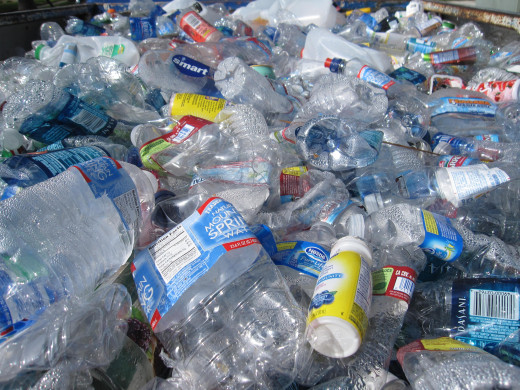
Since they are both plastic, one can expect plastic properties, such as plastic deformations due to stress. Additionally, both are easily able to absorb pigment upon production, making them ideal materials for a design’s aesthetic considerations.
Both plastics are recyclable; however, production of both results in a relatively high volume of waste that, if not correctly treated, can be detrimental to the surrounding natural environment.
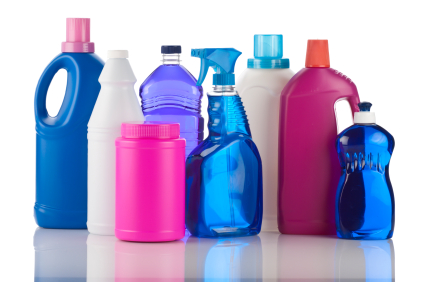
Considerations
The financial considerations are almost entirely on the consumer end. Both plastics are relatively inexpensive to produce on a large scale, but containers made of them are significantly more expensive than lower quality plastics. It is important that we assure the containers we buy are made of safe plastic, so springing for the higher quality might just be worth it in this scenario. Additionally, purchasing a well-made, reusable food container will benefit the consumer financially by eliminating their need to purchase disposable food storage, such as sandwich bags, etc.
Plastic #4 and 5, the most popular choice for quality food storage product, is ideal for food storage. The container is thick enough that the temperature of the contents is adequately insulated, while it is thin enough to be slightly pliable so as to easily squeeze into a lunch box, for example. Additionally, the lid is very easy to remove due to this pliability. Finally, the container is transparent! This is not absolutely necessary, though it is something we take for granted every day with similar household items. It allows us to see into the container so we do not have to repeatedly open the lid to check the contents.
The Plastic Recycling Numbers
Recycling Number
| Name
| Applications
| Cautions
|
|---|---|---|---|
1
| POLYETHYLENE TEREPHTHALATE (PET)
| Beverage bottles and cleaning supply bottles
| |
2
| HIGH DENSITY POLYETHYLENE (HDPE)
| Milk jugs, cosmetics containers (including shampoo bottles), and plastic bags
| |
3
| POLYVINYL CHLORIDE (PVC OR V)
| Flooring, siding, piping, and cling wrap
| Destruction of PVC, or exposure to PVC powder can result in negative affects linked to harmful chemical additives.
|
4
| LOW DENSITY POLYETHELENE (LDPE)
| Bottles, grocery bags, and food packaging
| |
5
| POLYPROPYLENE (PP)
| Deli containers, outdoor upholstery, and thick straws
| |
6
| POLYSTYRENE (PS)
| plastic cutlery, cd cases, styrofoam, egg cartons, and insulation
| Styrene, a known neurotoxin, can leach from food storage using polystyrene.
|
7
| MIXED (OTHER)
| container lids, plastic baby bottles, sports bottles, and electronics
| Most plastics in this category are made of polycarbonate, which dangerously leaches BPA
|

